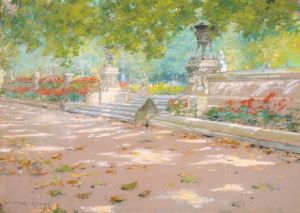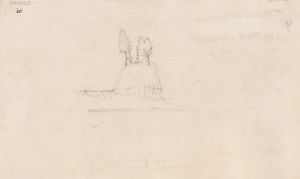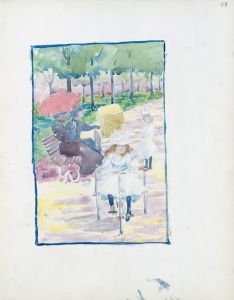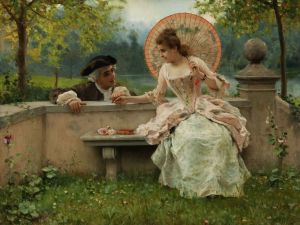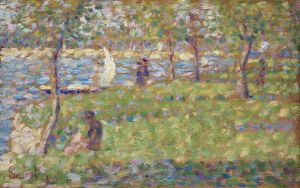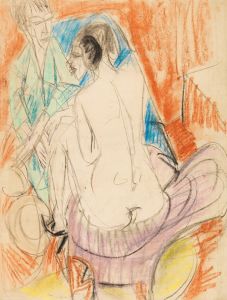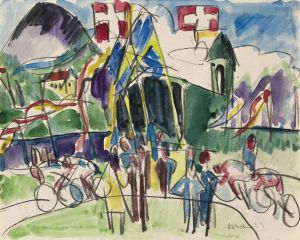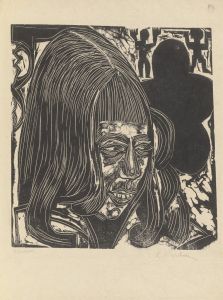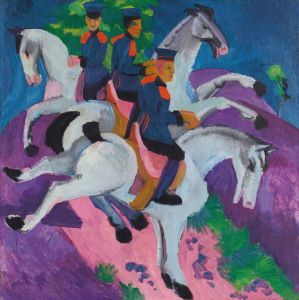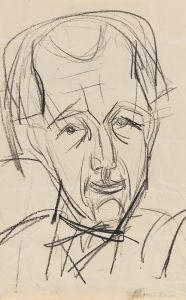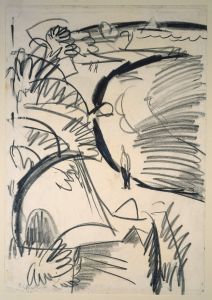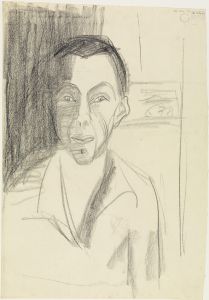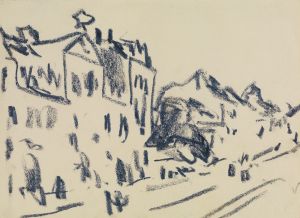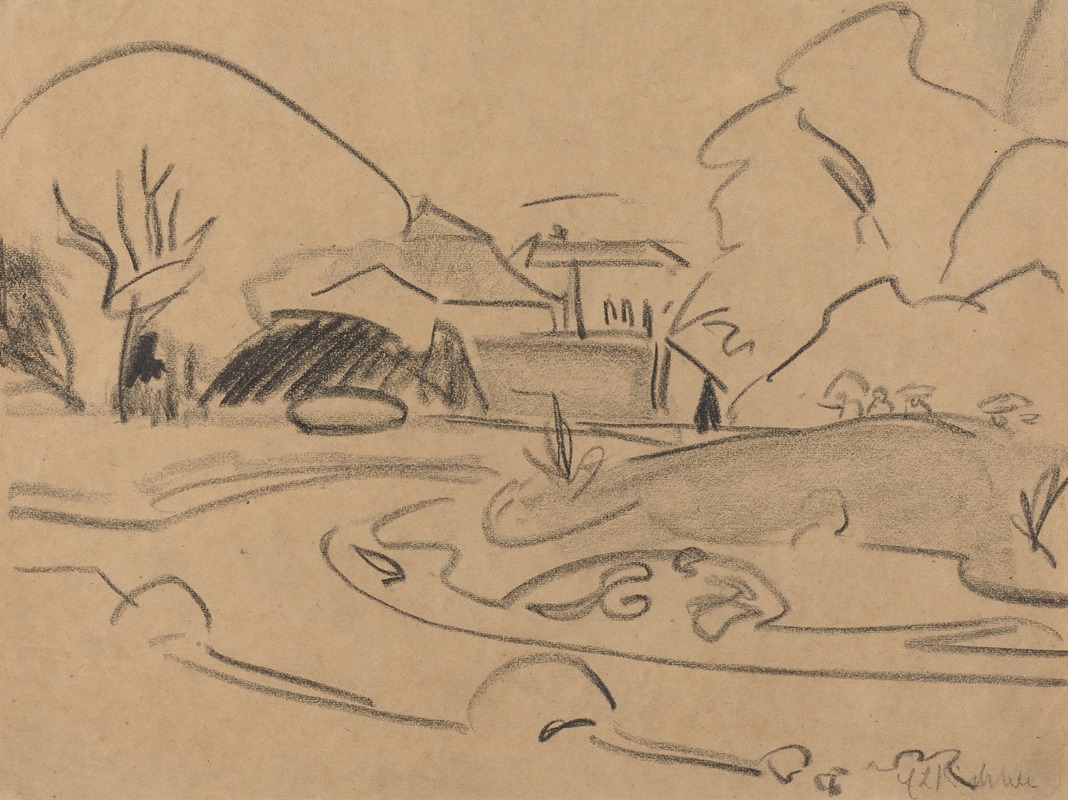
Footpaths and Pavilion in the Dresden Grosser Garten
A hand-painted replica of Ernst Ludwig Kirchner’s masterpiece Footpaths and Pavilion in the Dresden Grosser Garten, meticulously crafted by professional artists to capture the true essence of the original. Each piece is created with museum-quality canvas and rare mineral pigments, carefully painted by experienced artists with delicate brushstrokes and rich, layered colors to perfectly recreate the texture of the original artwork. Unlike machine-printed reproductions, this hand-painted version brings the painting to life, infused with the artist’s emotions and skill in every stroke. Whether for personal collection or home decoration, it instantly elevates the artistic atmosphere of any space.
Ernst Ludwig Kirchner was a prominent German expressionist painter and one of the founding members of the influential art group Die Brücke (The Bridge), which played a crucial role in the development of modern art in the early 20th century. Kirchner's work is characterized by its bold use of color, dynamic compositions, and expressive forms, often reflecting the psychological and social tensions of the time.
"Footpaths and Pavilion in the Dresden Grosser Garten" is one of Kirchner's notable works, created during a period when he was deeply engaged with the themes of urban life and nature. The painting depicts a scene from the Grosser Garten, a large park in Dresden, Germany, which was a significant location for Kirchner and other members of Die Brücke. This park served as a retreat from the bustling city life and provided a space for artistic inspiration and exploration.
The Grosser Garten, established in the late 17th century, is one of the largest and most important baroque gardens in Germany. It features a blend of formal gardens, wooded areas, and open spaces, making it a popular destination for both locals and tourists. The pavilion, a central element in Kirchner's painting, is a notable architectural feature within the park, adding a sense of structure and contrast to the natural surroundings.
Kirchner's depiction of the Grosser Garten reflects his interest in capturing the interplay between human-made structures and the natural environment. The painting showcases his distinctive style, with vibrant colors and bold brushstrokes that convey a sense of movement and energy. The footpaths winding through the park lead the viewer's eye through the composition, creating a dynamic sense of depth and perspective.
During the time Kirchner painted this work, he was living in Dresden, a city that was undergoing rapid industrialization and urbanization. This context influenced his artistic vision, as he sought to express the complexities of modern life through his art. The juxtaposition of the serene park setting with the underlying tensions of the modern world is a recurring theme in Kirchner's work.
Kirchner's contribution to the expressionist movement and his innovative approach to color and form have left a lasting impact on the art world. His works, including "Footpaths and Pavilion in the Dresden Grosser Garten," continue to be celebrated for their emotional intensity and unique perspective on the human experience.
In summary, "Footpaths and Pavilion in the Dresden Grosser Garten" by Ernst Ludwig Kirchner is a significant work that captures the essence of the artist's expressionist style. Through his use of color, composition, and subject matter, Kirchner offers a glimpse into the early 20th-century world, reflecting both the beauty of nature and the complexities of modern life.





